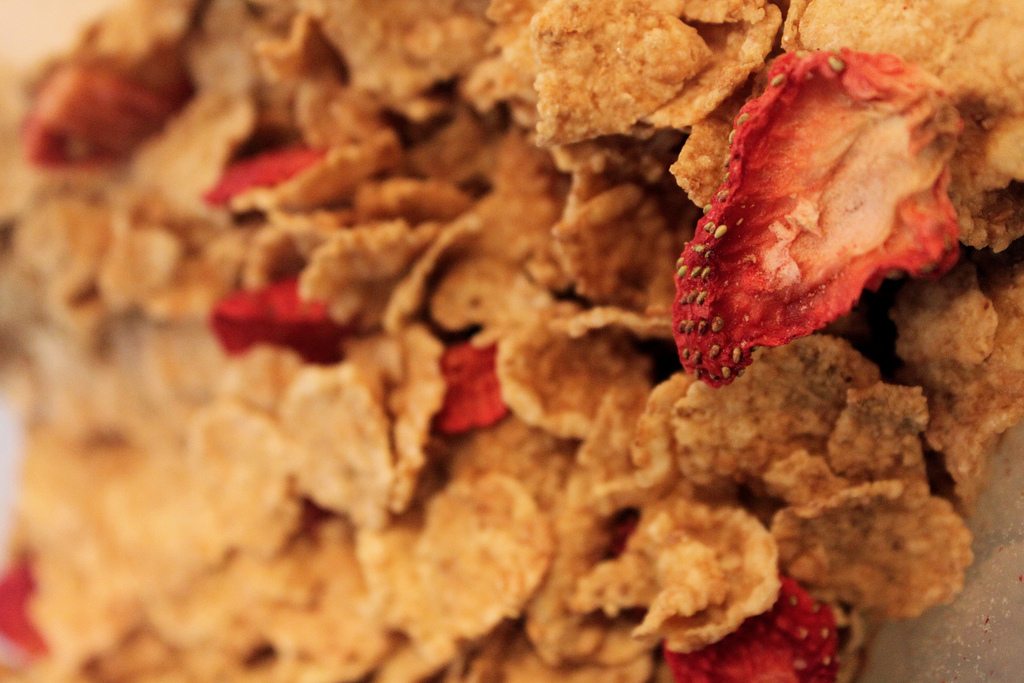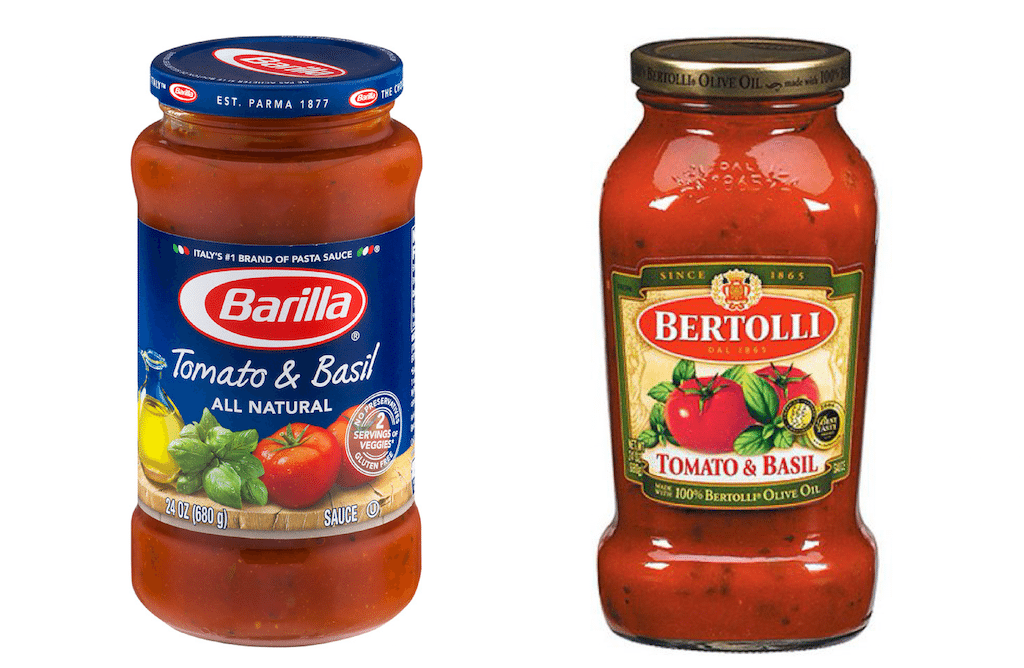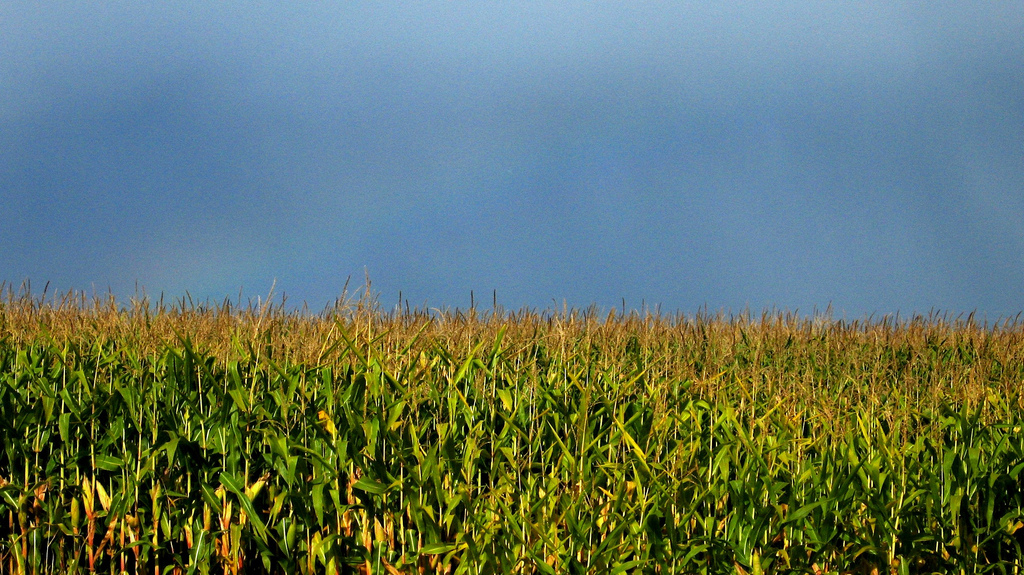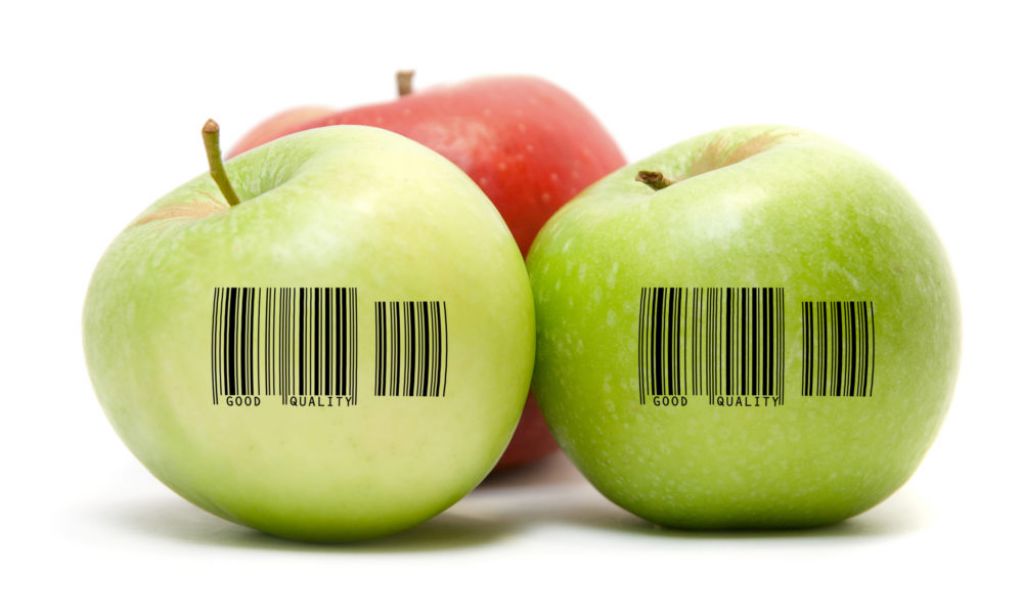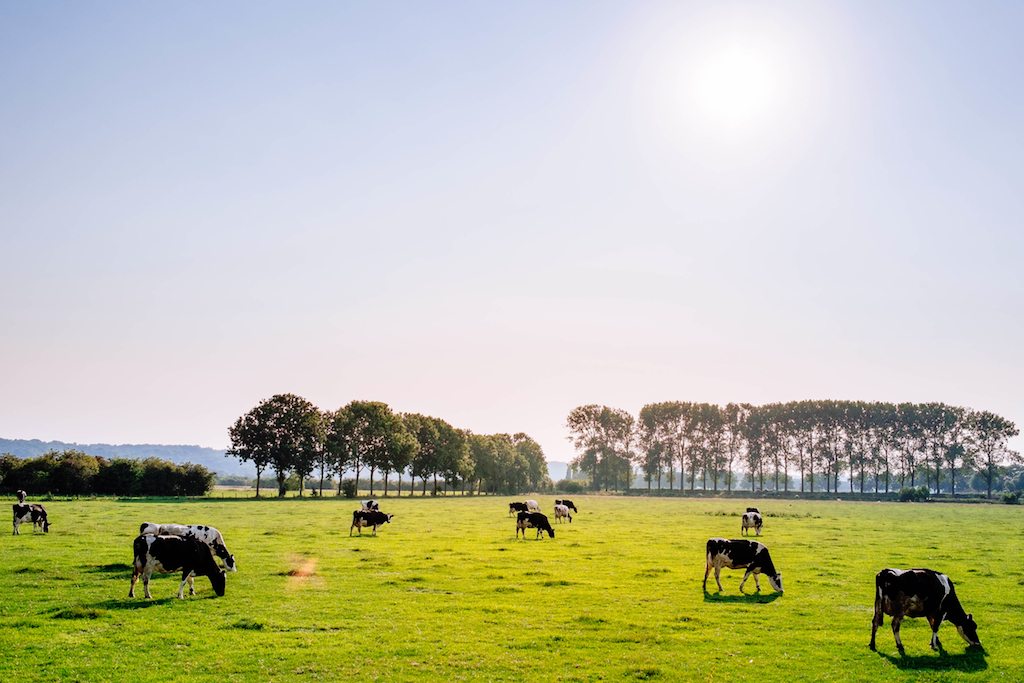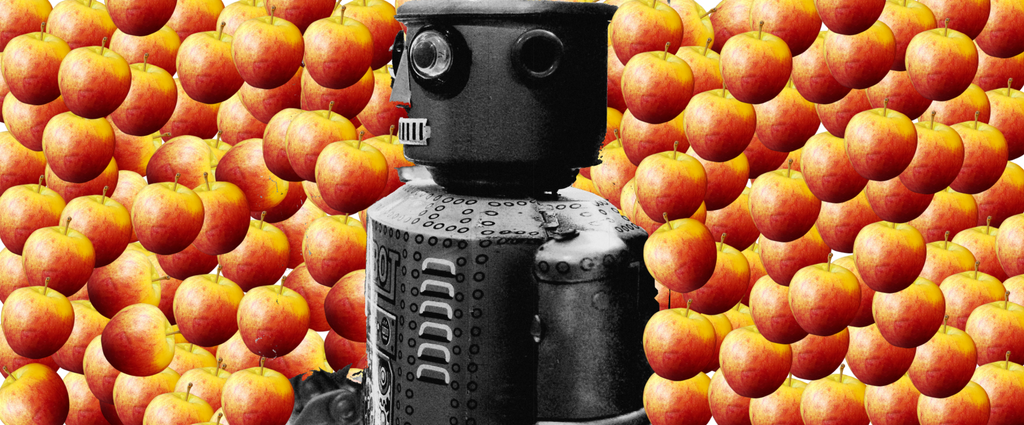
Hillary Bonhomme
Food production could be fully robotic in as little as 10 years. “There’s major technologies coming,” says Abundant Robotics CEO Dan Steere, that will “make each part of farming more efficient, more productive, and hopefully healthier and less expensive.”
One of those technological advancements is his. For the last five years, Abundant has been developing the world’s first robotic apple picker, with launch slated later this year. To a non-engineer, five years sounds like a long time: We live in an age where technology adapts minute by minute. But apple picking—a relatively simple task for humans—has never been easy for machines. According to Steere, “People have wanted to automate this type of agriculture for decades. It’s just never been possible.”
And that’s been for two reasons: Robotic pickers need highly nuanced computer vision and fine-motor animation—both of which have been slow to develop. These technological blind spots have deferred more than apple harvesting; they’ve also impacted the automation of coffee bean production. But now Abundant and another agri-robotics startup, bext360, say needed improvements in both areas are finally in place. As these new companies go out to market, how might they change the “face” of farming as we know it?
A camera on top tells the machine if an apple is ready to be picked (or, in this case, sucked). “The vision has to both recognize fruit and it has to recognize whether it’s ripe or not in a fraction of a second,” says Steere. A Gala, for example, is ripe immediately after its green undertone changes completely to red—a nuance computers must be acutely trained to see. For now, this nuance also limits Abundant to apples. And apples aren’t as simple as they may seem. A ripe Gala, for instance, is red, but a ripe Granny Smith is green. So, each variety needs its own computer recognition process; more than 2,500 are grown in the United States.
Bext360 uses similar technology, but can be more readily cross-applied. The Denver, Colorado-based startup builds sorters that separate good coffee cherries from bad, but can also work on cocoa, nuts, and cardamom. Spokesperson Kim Vu says the company’s even “currently exploring how we can use our technology for the seafood supply chain.”
And that information—essentially a grade—directly affects a farmer’s bottom line. TechCrunch in 2017 covered bext360’s efforts to get small-scale farmers a fair price, and get paid instantly, by using its robot in conjunction with blockchain ledger technology.
In Uganda and Ethiopia, for example, farmers use the data the machine collects to increase revenue. Ideally, Jones explains, two adjacent farms “should be producing the same amount of [food] per hectare” (that’s just under two-and-a-half acres) but because of soil variations, this doesn’t always happen. To compensate, farmers experiment with different fertilizers and methods. But so many variables affect output, it can be hard to know which of the methods are working. By sorting crops one tract at a time, bext360’s comparative data gives them confirmation. After roughly two months of use, Vu says farmers in the company’s Suntu Kebele, Ethiopia program saw a 20 percent increase in revenue.
Unlike Abundant, which plans to sell direct-to-farmer, bext360 sorters can’t be bought. Instead, machines are placed free of charge at farm washing stations by third-party partners like coffee exporter Moyee Coffee. These partners pay for the data.
Because it costs the farmer nothing, bext360 promises nothing but gain—even for farmworkers. The machine sorts coffee cherries by pushing them into bins with puffs of air, but that doesn’t mean the sorter loses her job. In fact, she may get a promotion, says Vu. “In coffee, most [of] the harvesting must be done manually because of the terrain [or] slopes of the harvesting.” So the sorter becomes a harvester, increasing the overall amount of coffee that can be planted. “Bext360 could possibly eliminate some of the jobs in the coffee supply chain,” Vu admits, because the sorter position becomes obsolete, but that worker gets transitioned to a job with higher pay.
As Abundant’s apple harvester won’t replace workers either, both technologies seem to give more to farming than they take, ultimately opening the door to more efficient agricultural production. Steere asks, “Imagine if today people still cut cotton by hand or we still cut wheat by hand. And yet all that fresh fruit you see in the grocery store, most of it’s tended by hand … all these types of agriculture are very likely to be automated in the next few years. We’re at a point in technology where these things are becoming possible.”

